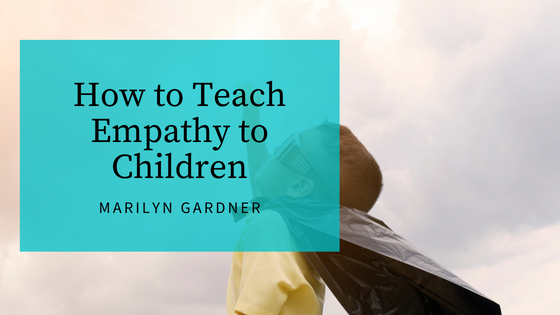Although it’s not always possible to teach empathy, it is still possible to do so. It requires more than just being a good role model. In addition to being able to act as a positive role model, it also involves understanding the psychology of empathy and the skills that children need to develop to share their thoughts and feelings.
If you think of empathy as a fixed trait that people are automatically born with, then it might seem strange to think of it as a skill or ability that people can develop. However, empathy isn’t a single skill or ability that can be easily acquired. It requires a combination of skills and abilities to develop.
One of the basic characteristics of empathy is the ability to feel another person’s emotions. This ability, which is called “affective empathy,” is believed to exist in both humans and animals.
For instance, if your baby is experiencing a distressed feeling because another child is crying, can he share his feelings?
Although your child is still very young, he doesn’t yet understand all the facial expressions that you’re saying. He doesn’t yet know what triggers these feelings or the range of emotions that you can experience.
The development of empathy can be influenced by a child’s experiences. For instance, how they communicate with one another, their social relationships, and whether they can cope with shared feelings of overwhelming or unpleasantness.
When it comes to showing empathy, you need to first acknowledge the needs of another person. You also need to feel justified in doing so. The cultural forces that influence a child’s development of empathy include the media and authority figures.
Being able to show empathy isn’t something that you can automatically develop, nor is it something that can be influenced by the environment.
When it comes to developing empathy, children tend to shrink away from experiencing the pain of another person. This is a natural response to avoid being perceived as hurting another person.
Developing a positive parenting style can help children develop empathy. This type of approach makes them feel secure and helps them feel like they can be supported.
Being able to feel secure helps kids develop a stronger sense of self-worth and helps them feel like they can rely on us for support. They are also more likely to take risks when they see people who need help. This is because they’re more likely to feel that they can help. See the Parenting Science guide for more information about how to practice positive parenting.
Being able to regulate your negative emotions can also help children develop empathy. According to a study conducted by Song et al., children who are more capable of handling their negative feelings are more likely to show empathy for others.
Being able to acknowledge and explain negative feelings can also help children develop empathy. This can be done through talking about the causes of their feelings and the effects of their actions.
Studies also suggest that “emotion coaching” can help kids of all ages. However, younger kids are more likely to benefit from this type of approach. Early kids are already capable of displaying a capacity for empathy, but they don’t always use it. There are several ways that parents can help children develop their empathy.
According to research, asking kids to reflect on the feelings of others can help them develop their empathy.
In an experiment conducted on 400 Dutch school children, Sierksma and her colleagues asked them to imagine a scenario involving a classmate. Half of the students were told that the classmate was a friend, while the other half were told that the same was not the case. In a scenario, your classmate is late and needs to clean up the classroom. She says she’s worried about her mother’s deteriorating health condition. Would you help her?
The results of the experiment showed that children’s responses changed after the researchers added a second step to the procedure. This step made the kids reflect on the situation. The researchers then asked the children to think about the girl and rate her feelings. They then made the kids reflect on the situation.
After rating the feelings of the girl, the children were no more likely to choose the friend than the other kids. They also said they would help the girl, regardless of whether she was their friend or not. The additional reminder prompted the kids to change their judgments even more.
All of this is to say that you can, in fact, teach empathy to children!
